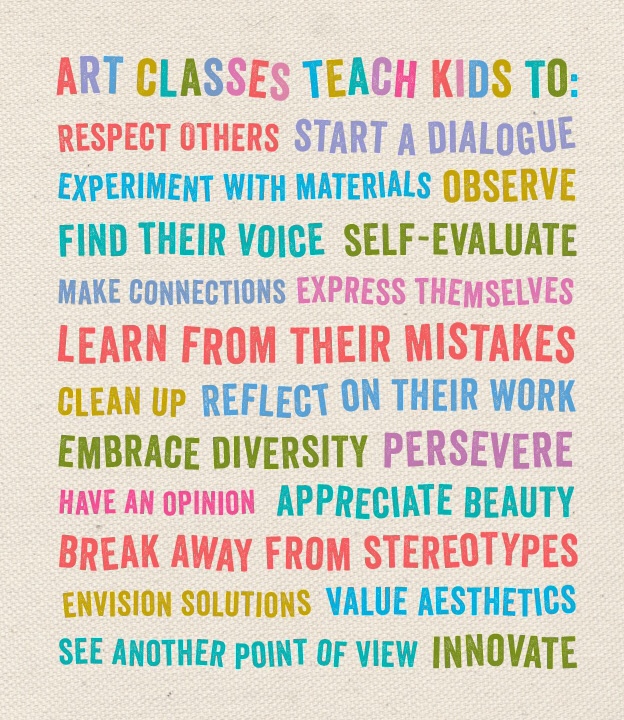
When you are a teacher there will always be challenges and opportunities to face, as Bill had to in the book. While reading this graphic novel there were many concepts that I could relate to what I have learned at UNI or while being in the classroom. There is no one right way to overcome these challenges you will face but as a teacher you will have to be creative and find solutions that work best for your students.
The first challenge in the book that I could relate to was on page 2 when Bill stated, "Before I knew it, I was struggling just to keep my head above water." I think as instructors we have all been there before. It was my first time being a program supervisor at an after school program and I thought I was prepared...but little did I know. I was really excited to start and then all of a sudden I had a ton of questions and I was sinking. Like Bill I had to discover what kind of instructor I wanted to be and how I was going to go about things. I learned so much from relationship building, classroom management, creating a community , and gaining mutual respect from students, parents, and school staff.

Another challenge that Bill brought up in the book was when the administration came into his classroom and was telling him how he should be doing things and then leading into standardized testing. The first time administration came into his classroom they were offering support to all new teachers through "research based support and coaching in areas of planning, technique, and assessment," page 15. This carries throughout the book where the administration comes in and reorganizes his reading groups because of standardized testing scores and they also give him a way to rearrange his classroom desks. Bill takes a standardized test and sees the problem that students are encountering. Bill worked around these ideas by combining his ways to what the administration wanted. He took into consideration about the reading groups and then renamed them. He told the students, "You're going to explore many ways to show off what you've learned here; Lots of ways to be successful and satisfied, to find your own voices and make your own choices," page 90 and also "I want you to explore and stretch and investigate and wonder and work and have a good time and read and write and solve problems," page 92. I believe that is such an important idea to share with your students. I believe students should know what we want them to do and that they know we know they all learn in different ways. As an art teacher what Bill said to his students is exactly what I want my future students to know. Students should have the freedom to make choices and have decisions in what they want to learn and that is how they become engrossed in what they are learning.
An opportunity that stood out to me while reading was on page 105, "Parents are critical to the form and function of this place. More than "valuable" or "respected" they're critical." "The relationship between the school and neighborhoods is nourished and valued." All I kept thinking about while reading this was multigenerational learning and how beneficial it is for students. We learned about multigenerational learning in the art education room and then also in human relations and how important it is for students to be learning alongside and with people of different ages. Seeing that Lawndale Little Village High School places a high value on relationships with the community is a major part of the students' education. As a future educator I want to be able to bring people of all ages into my classroom to learn and discover together.
A big part of being an educator is being an advocate. Being an advocate it not always the easiest job in the world since there are always different opinions. We need to be actively promoting what we want to be seen done in classrooms to benefit our students' learning.





